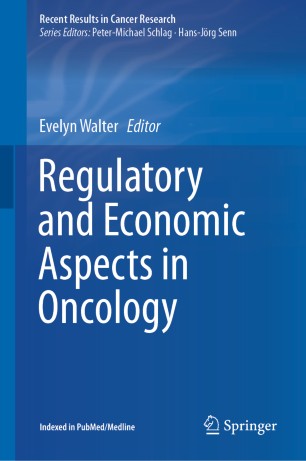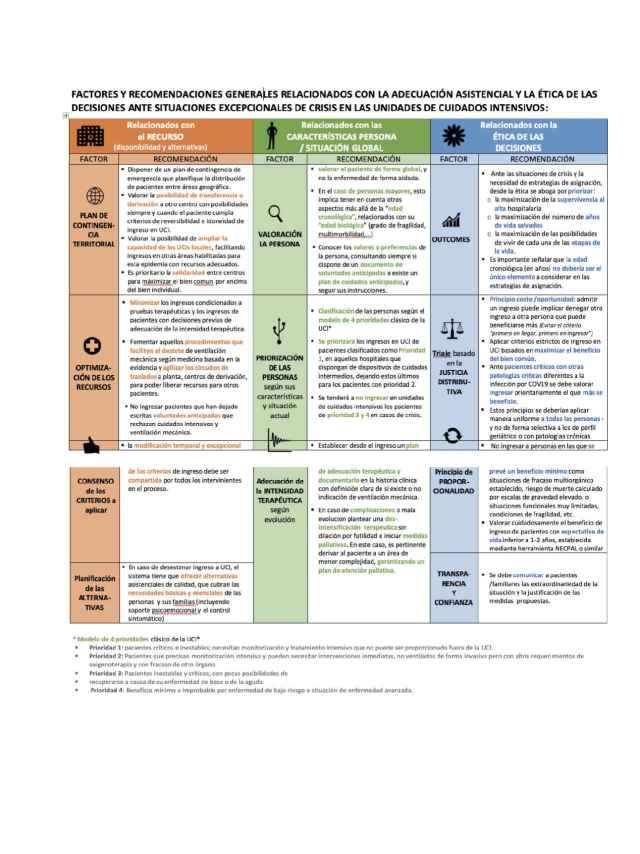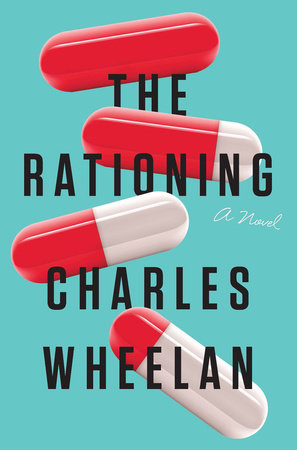El desori amb l'avaluació econòmica dels medicaments continua. Aquest article resumeix què ha passat recentment. Comparativament amb altres països, Espanya es troba a la cua, com en tants temes.
Resum amb IA.
L'article analitza els criteris que influeixen en les decisions de reemborsament de medicaments al Servei Nacional de Salut (SNS) espanyol i fins a quin punt aquestes decisions han estat recolzades per l'Avaluació de Tecnologies Sanitàries (HTA), considerant la reforma actual de l'HTA a Espanya.
Context de l'Avaluació de Tecnologies Sanitàries (HTA) a Espanya
- Definició d'HTA: L'HTA és una eina basada en l'evidència que serveix de suport per a la presa de decisions sobre el preu i el reemborsament de les tecnologies sanitàries. Tot i que hi ha processos d'HTA establerts en molts països, el seu impacte real en el suport i la informació de les decisions finals no sempre és clar.
- Reforma Actual a Espanya:
- El Ministeri de Sanitat d'Espanya va publicar a l'agost de 2024 un esborrany del nou reial decret que regula l'avaluació de les tecnologies sanitàries, incloent medicaments, procediments mèdics, dispositius mèdics, proves de diagnòstic in vitro i altres tecnologies relacionades amb la salut.
- Aquest esborrany de reial decret es va produir després que una sentència judicial de 2023 del tribunal espanyol declarés nul el procés espanyol d'avaluació de medicaments basat en l'Informe de Posicionament Terapèutic (IPT).
- La reforma també inclou la publicació de la nova estratègia espanyola de la indústria farmacèutica i un projecte d'un nou reial decret addicional que regularà el sistema de preus i reemborsament de medicaments, ambdós publicats a finals de 2024. Aquests documents subratllen l'abast de la reforma del sistema d'avaluació, preus i reemborsament de medicaments a Espanya.
- Rol de l'IPT abans de 2023: Fins al 2023, l'IPT havia de ser el recurs clau per informar la decisió final de reemborsament del Ministeri de Sanitat espanyol. No obstant això, la qualitat dels IPTs era qüestionable i la seva utilitat per recolzar les decisions de preus i reemborsament era incerta, amb diversos autors que destacaven la falta de transparència, governança i bones pràctiques metodològiques del procés espanyol d'HTA i preus/reemborsament.
- Criteris Legals Anteriors: Les decisions de reemborsament s'havien de justificar segons criteris legals, que incloïen:
- a) Gravetat.
- b) Necessitats específiques de certs subgrups.
- c) Valor social i terapèutic dels medicaments i benefici clínic incremental, considerant també la seva rendibilitat.
- d) Racionament de la despesa pública en medicaments i impacte pressupostari des de la perspectiva del SNS espanyol.
- e) Disponibilitat d'opcions terapèutiques alternatives per a la condició al mateix preu o inferior al del medicament en consideració.
- f) Innovació.
- Separació de Funcions en la Reforma: La reforma en curs preveu la separació de funcions per a l'avaluació, el posicionament terapèutic del medicament i la presa de decisions finals. Es crearà una "Oficina per a l'avaluació de l'eficiència de les tecnologies sanitàries" per centrar-se en l'avaluació de l'evidència, mentre que un "Grup per al posicionament de les tecnologies sanitàries" farà una avaluació final basada en l'HTA i altres evidències rellevants, derivant també una recomanació sobre el posicionament terapèutic adequat del medicament.
- Alineació amb la Legislació HTA de la UE: La reforma també arriba en un moment en què es requereix un canvi en línia amb la implementació del reglament HTA de la UE 2021/2282 el 2025. A partir de 2025, els nous productes oncològics i de teràpia avançada seran avaluats clínicament a nivell de la UE, amb els medicaments orfes i tots els nous medicaments seguint el mateix camí en anys posteriors. La legislació permet que cada país realitzi avaluacions addicionals sempre que no dupliquin les avaluacions conjuntes, podent incloure criteris econòmics o ètics.
Metodologia de l'Estudi
- Objectiu de l'Estudi: L'estudi va analitzar els criteris que van influir en les decisions de preus i reemborsament de medicaments al SNS espanyol i va investigar si aquestes decisions van ser recolzades per les avaluacions d'HTA corresponents basades en els IPTs. També va comparar les decisions espanyoles amb les de França (HAS) i Anglaterra (NICE).
- Recollida de Dades: Es van identificar tots els nous medicaments i noves indicacions sotmesos a preu i reemborsament entre maig de 2019 i desembre de 2022 a Espanya. Es van descarregar informes del Comitè Interministerial de Preus de Medicaments (CIPM) i es van vincular amb els IPTs disponibles.
- Anàlisi de Dades: La metodologia va incloure anàlisi descriptiva, proves estadístiques d'associació (Fisher's exact test, Cramér's V), anàlisi de sentiment de text, extracció de paraules clau, anàlisi de decisions i clustering. Es va utilitzar el programari R per a les anàlisis estadístiques.
Resultats Clau
- Mostra d'Estudi: De 477 indicacions terapèutiques, 253 van poder ser aparellades amb un informe HTA (IPT). El 90% d'aquestes eren medicaments hospitalaris i gairebé el 50% eren medicaments anticancerígens.
- Decisions de Reemborsament del CIPM:
- De les 253 indicacions amb IPT aparellat, 59 (23,32%) van ser recomanades per al reemborsament, 49 (19,37%) van ser recomanades amb restriccions, i 142 (56,13%) no van ser recomanades per al reemborsament.
- Criteris que Influeixen en les Decisions:
- Les recomanacions positives (n=110) es van associar estadísticament de manera significativa amb els criteris de gravetat (a) i valor terapèutic (c), incloent el benefici clínic i la rendibilitat. Específicament, 86 de les 110 recomanacions positives (78,18%) es van basar en els criteris (a) i (c), i 13 (11,82%) es van basar només en el criteri (c).
- Les recomanacions negatives (n=143) es van associar majoritàriament amb els criteris basats en l'impacte pressupostari (d) i la disponibilitat d'una alternativa més barata (e). Les recomanacions negatives es van basar principalment en els criteris (c) i (d) (n=46, 32,17%), el criteri (d) sol (n=36, 25,17%), o el criteri (e) sol (n=24, 16,78%).
- El criteri (f) d'innovació no es va utilitzar per recolzar cap de les 253 decisions.
- Hi ha una dependència moderada entre les decisions i els criteris (Cramér's V = 0.4601).
- Medicaments Orfes i Anticancerígens: La designació de medicament orfe o el fet de ser un medicament anticancerigen no es van relacionar amb la recomanació final, tot i que una recomanació positiva es va associar amb el criteri (c) en indicacions anticancerígenes.
- Enllaç entre IPTs i Criteris de Decisió:
- Només 24 de les 253 decisions (9,49%) van esmentar l'IPT en la secció de conclusions del CIPM. Totes, excepte una, van ser decisions negatives.
- Només el 21,74% dels IPTs incloïen paraules clau alineades amb els criteris de presa de decisions específics. Això indica que una proporció significativa de les conclusions de l'IPT no mencionen explícitament els criteris clau que fonamenten la decisió de reemborsament.
- De les 166 decisions basades en el criteri (c), només 13 (7,83%) tenien un IPT que mencionava l'avaluació econòmica, i només 6 d'elles incloïen una avaluació econòmica. Només 5 incloïen QALYs (anys de vida ajustats per qualitat).
- Dels 111 decisions que incloïen el criteri (d), només 5 (4,50%) dels IPTs corresponents mencionaven una anàlisi d'impacte pressupostari, i només 4 d'elles la incloïen dins de l'informe d'avaluació.
- L'anàlisi de sentiment dels IPTs no va mostrar una associació predictiva robusta amb les decisions finals de reemborsament, suggerint que les decisions del comitè estan influenciades per altres factors no capturats en el contingut textual dels IPTs.
- Comparació Internacional:
- Espanya i NICE (Anglaterra): No sembla haver-hi una relació entre les recomanacions espanyoles i les del NICE (p-value = 0.1560, Cramér’s V = 0.1172). Això pot ser degut a que les decisions del NICE es basen en criteris de rendibilitat clínica i econòmica, mentre que les avaluacions econòmiques rarament s'inclouen en els informes HTA espanyols.
- Espanya i HAS (França): Quan es van agrupar les recomanacions del HAS basades en ASMR I a III vs. ASMR IV a V, es va observar una relació positiva entre les recomanacions positives d'Espanya i les ASMR I o III de França (p = 0.001, Cramér’s V = 0.2286). Això suggereix una certa similitud en l'avaluació del valor clínic afegit.
Conclusions i Consideracions Polítiques
- Desalineació entre HTA i Decisions: L'estudi mostra que, fins ara, els criteris utilitzats per justificar les decisions de reemborsament de medicaments a Espanya no s'alineen amb la informació inclosa en les avaluacions HTA (IPTs). L'impacte d'aquests informes en les decisions finals ha estat mínim.
- Manca de Transparència i Coherència: Només al voltant del 10% de les decisions mencionaven l'IPT en les seves conclusions, i només el 22% de les conclusions dels IPTs feien referència als criteris de reemborsament. La incoherència entre els criteris de decisió i les conclusions de l'IPT suggereix que altres evidències, no de domini públic, van influir en la decisió final.
- Oportunitat de la Reforma Actual: La reforma en curs ofereix una oportunitat única per desenvolupar un marc de presa de decisions basat en l'evidència que sigui transparent, rigorós i inclusiu. La separació de funcions proposada podria abordar la desconnexió actual, però calen directrius clares sobre com es realitzarà la fase d'avaluació i com integrarà les avaluacions.
- Necessitat d'un Marc d'Avaluació Transparent: Per a un sistema HTA i de reemborsament robust i transparent, la reforma ha d'abordar les llacunes existents, especialment en la definició detallada del marc d'avaluació, la participació significativa dels stakeholders i la claredat sobre com s'equilibraran els criteris clínics, econòmics i d'altres tipus en la presa de decisions. La manca d'un marc de decisió pot generar inconsistències i minar la confiança en el sistema.
Limitacions de l'Estudi: L'anàlisi es va limitar a la informació de domini públic, i la mostra per a la comparació internacional va ser limitada per les diferències en les avaluacions disponibles en cada país. L'estudi es va centrar principalment en les conclusions de l'IPT, tot i que podria haver-se perdut informació rellevant per als criteris de presa de decisions. Tot i això, la metodologia sistemàtica utilitzada proporciona un enfocament sòlid per analitzar una gran mostra de dades no estructurades.
Sankey plot showing the flow of funding decisions and criteria used for reimbursement’s decisions by the CIPM in Spain between May 2019 and December 2022
Note: (a) Severity, duration and sequalae of the indicated conditions; (b) Specific needs of certain subgroups; (c) Social and therapeutic value of the medicines and incremental clinical benefit considering also its cost effectiveness; (d) Rationing of public spending on medicines and budget impact from the perspective of the SNHS; (e) Availability of alternative therapeutic options for the condition at the same or inferior price to that of the medicine under consideration; (f) Innovation
Reimbursement decisions of the Interministerial Pricing Committee on Medicines (CIPM) of indications that could be matched with a therapeutic positioning report (IPT) between May 2019 and December 2022 in the Spanish National Health Service, and similarities with France (HAS) and England (NICE)
Abbreviations: ASMR: added therapeutic clinical benefit, CIPM: Interministerial Pricing Committee of Medicines; EMA: European Medicines Agency, HAS: Haute Autorité de santé, IPT: Therapeutic Positioning Report, NICE: National Institute for Health and Care Excellence














